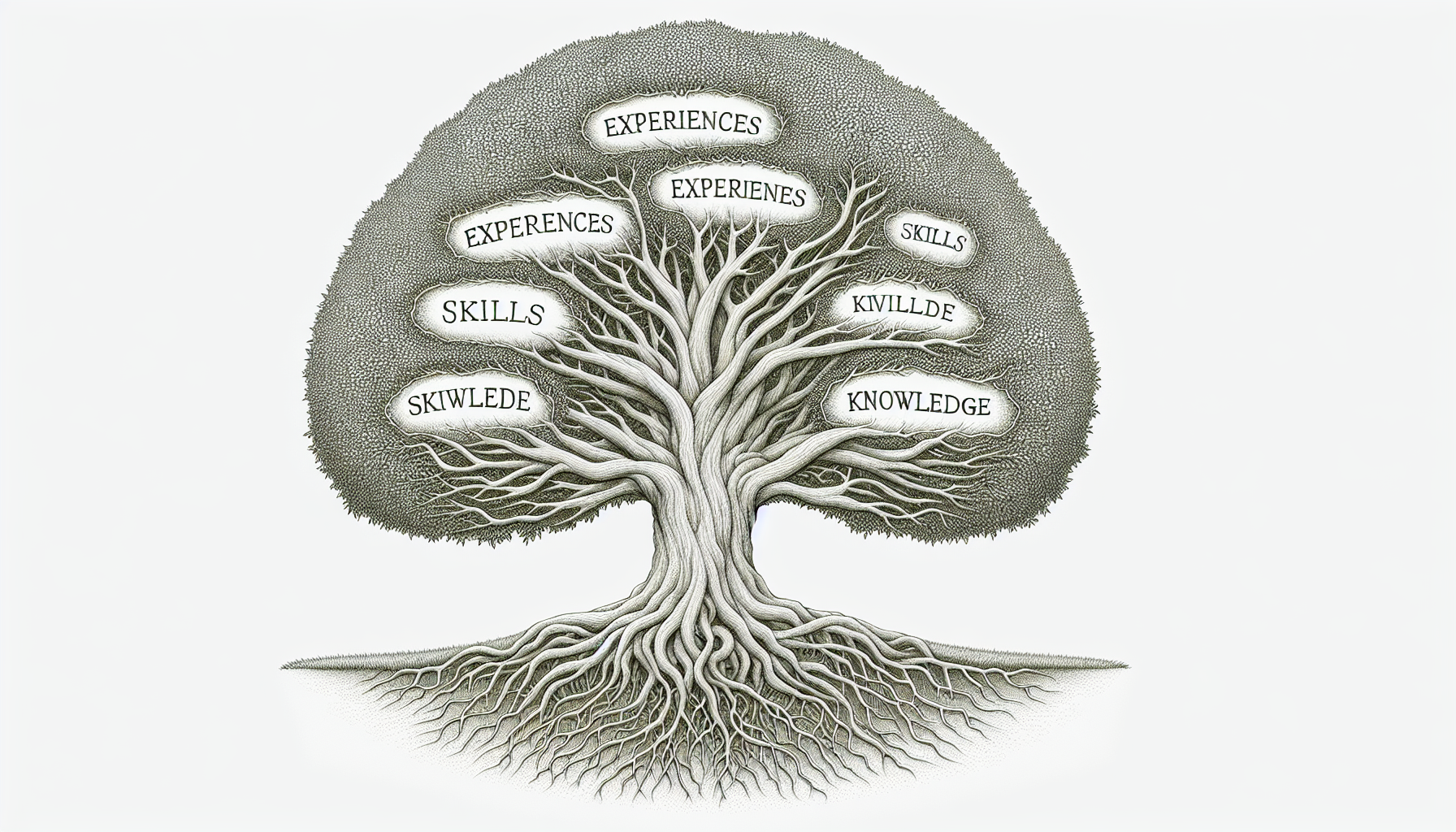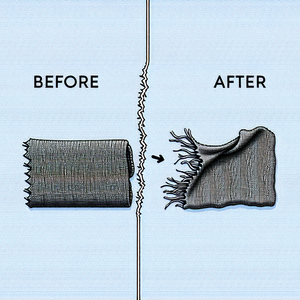The Hidden Earnings of Interior Designers

Interior designers can enhance their earnings through various income streams, including freelance work, consulting, product design, and specialization in niche areas.
Freelance Work
Freelancing offers interior designers the flexibility to take on projects that align with their individual skills and interests while diversifying their income sources. Many designers find that supplementing their income through freelance work can lead to more lucrative opportunities. For instance, a designer might simultaneously work on a residential project while collaborating with a corporate client on an office redesign. This dual approach not only increases financial security but also enhances their portfolio and professional network.
Consulting
As the industry evolves, many designers are stepping into consulting roles for businesses looking to optimize their spaces. Consulting can be a lucrative avenue, with designers able to charge premium rates for their expertise in space planning, efficiency, and aesthetics. This role often involves working with commercial clients, which can lead to high-value contracts that significantly bolster a designer's earnings.
Product Design
Many interior designers are capitalizing on their creativity by venturing into product design. This could involve creating custom furniture, textiles, or lighting fixtures that reflect their unique style. By launching their own product lines or collaborating with established brands, designers can earn royalties and establish a passive income stream.
Specialization in Niche Areas
Specializing in specific areas of design, such as sustainable architecture or commercial spaces, can significantly enhance a designer's earning potential. As sustainability becomes a priority for many clients, designers who can demonstrate expertise in green building practices can command higher fees.
The world of interior design is rich with opportunities for those willing to explore beyond traditional salary structures. Freelancing, consulting, product design, and specialization are just a few ways designers can tap into hidden earnings that can significantly enhance their financial stability. By understanding and leveraging these income streams, interior designers can not only enrich their careers with diverse experiences but also secure a more prosperous future in an ever-evolving industry. As the demand for innovative and specialized design continues to grow, those who adapt and diversify their offerings will be well-positioned to thrive in this dynamic landscape.
Interior Design Consultant
Design firms, corporate offices, and independent consulting agencies
Responsibilities
Work with clients to assess their needs and develop design strategies that improve functionality and aesthetics.
Provide expert advice on space planning, materials, and furnishings to optimize client environments.
Conduct site assessments and work collaboratively with contractors to ensure design execution aligns with client vision.
Required Skills
Strong understanding of interior design principles and trends, coupled with excellent communication skills.
Experience in commercial design is advantageous, especially in creating productive workplace environments.
Proficiency in design software such as AutoCAD, SketchUp, or Revit is often required.
Sustainable Interior Designer
Eco-conscious design firms, architecture firms, and non-profit organizations focused on sustainability
Responsibilities
Specialize in creating eco-friendly spaces by utilizing sustainable materials and energy-efficient design practices.
Stay informed on green building certifications (e.g., LEED) and ensure compliance in all projects.
Educate clients about the benefits of sustainable design and guide them through the selection of environmentally friendly products.
Required Skills
Knowledge of sustainable design principles and building codes; certification in LEED or similar programs is often preferred.
Ability to balance aesthetics and sustainability while managing project budgets.
Strong project management skills to oversee the implementation of sustainable projects from inception to completion.
Product Designer (Furniture/Textiles)
Furniture manufacturers, design studios, and independent brands
Responsibilities
Design and develop innovative furniture pieces or textiles that reflect current design trends and consumer needs.
Collaborate with manufacturers to ensure product feasibility and quality control during production.
Market and promote product lines through various channels, including trade shows and online platforms.
Required Skills
Proficiency in design software such as Adobe Creative Suite and 3D modeling programs.
Strong understanding of materials and manufacturing processes as well as market trends in home decor.
Creative problem-solving skills and the ability to conceptualize designs from start to finish.
Commercial Interior Designer
Design firms specializing in commercial projects, architectural firms, and corporate clients
Responsibilities
Focus on designing functional and attractive interior spaces for businesses, including offices, restaurants, and retail environments.
Collaborate with architects and contractors to create cohesive design strategies that meet client goals and budgets.
Conduct client presentations to propose design concepts, materials, and layouts.
Required Skills
In-depth knowledge of commercial design regulations and building codes.
Strong portfolio showcasing previous commercial projects and successful client outcomes.
Proficiency in project management to oversee timelines, budgets, and team collaborations effectively.
Interior Design Staging Specialist
Real estate agencies, staging companies, and freelance opportunities
Responsibilities
Prepare homes for sale by creating appealing interior designs that highlight the property’s best features.
Select furniture, decor, and accessories that create a welcoming atmosphere and resonate with potential buyers.
Work closely with real estate agents to understand market trends and tailor staging to target demographics.
Required Skills
Strong sense of aesthetics and understanding of real estate market dynamics.
Ability to work under tight deadlines and manage multiple staging projects simultaneously.
Excellent communication skills to collaborate effectively with clients and real estate professionals.


